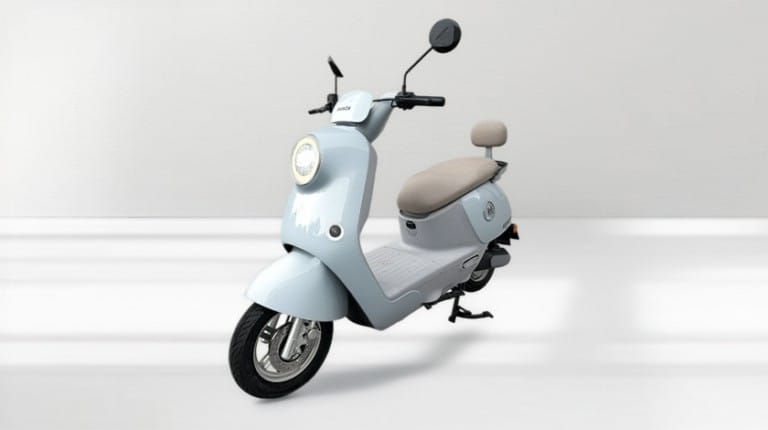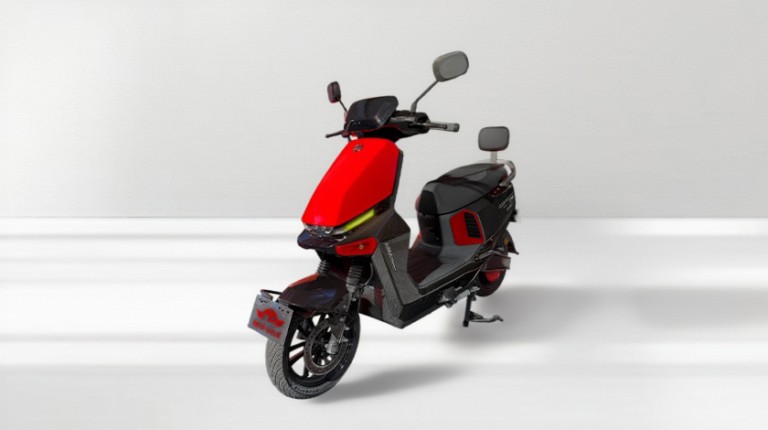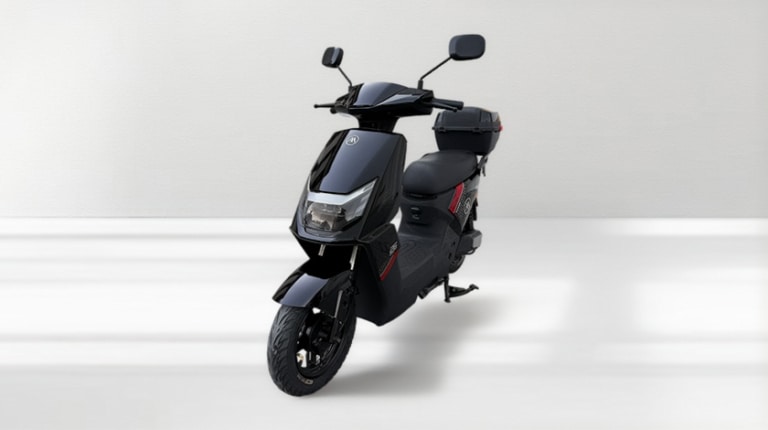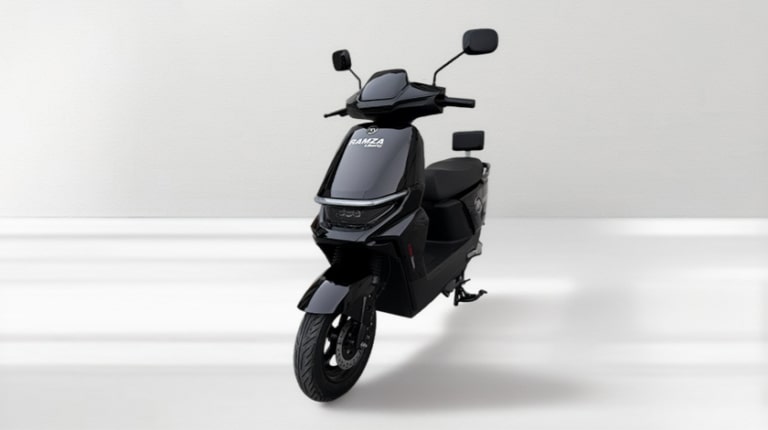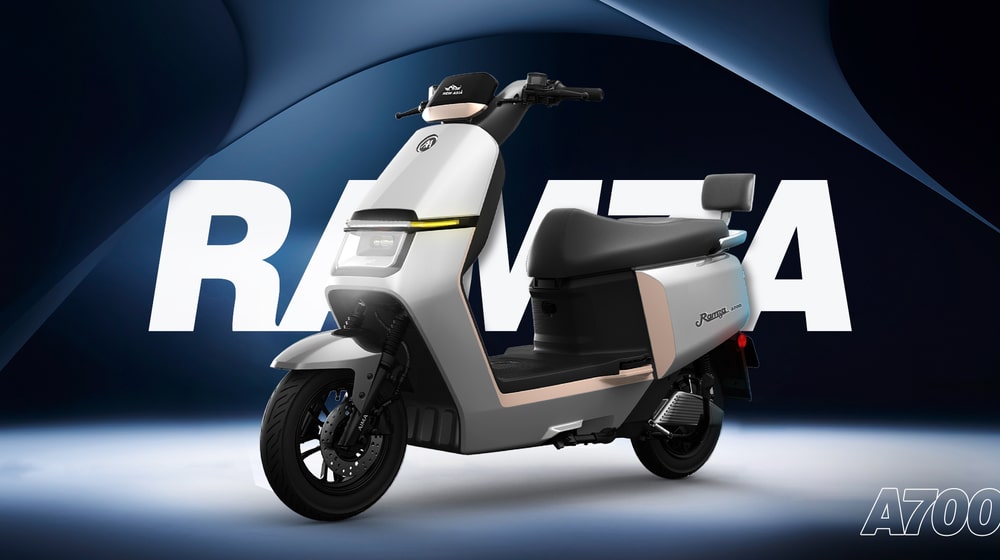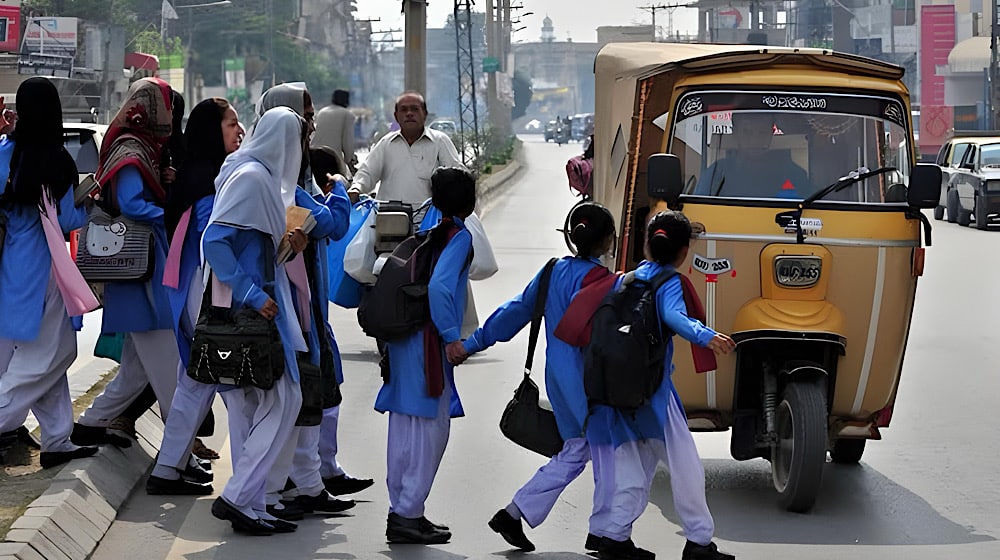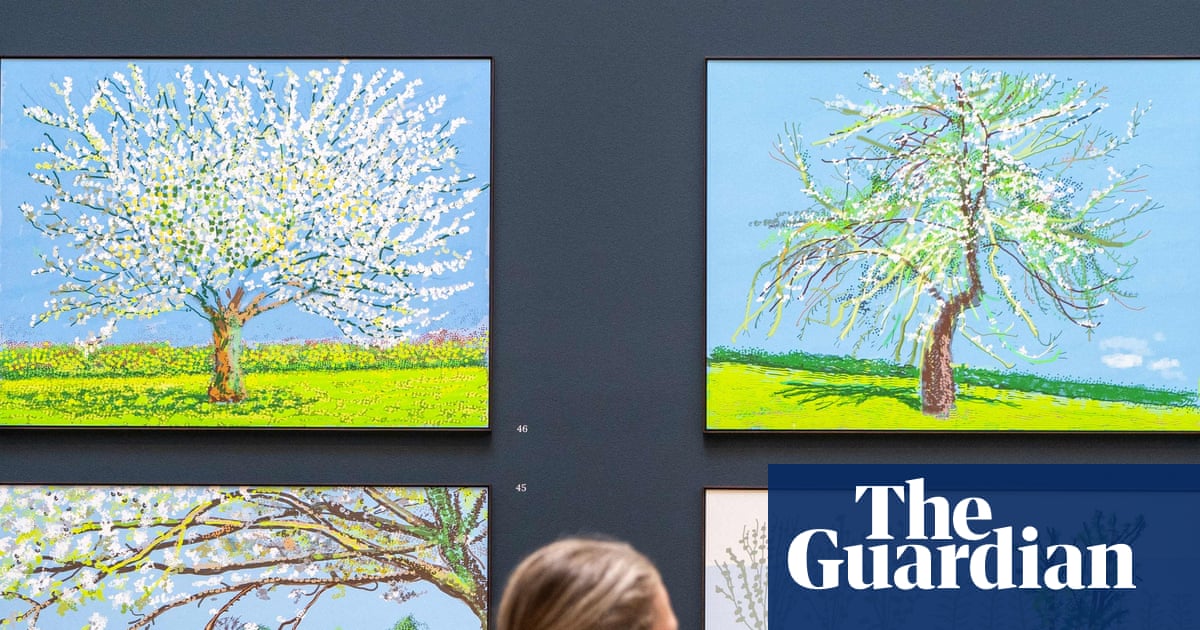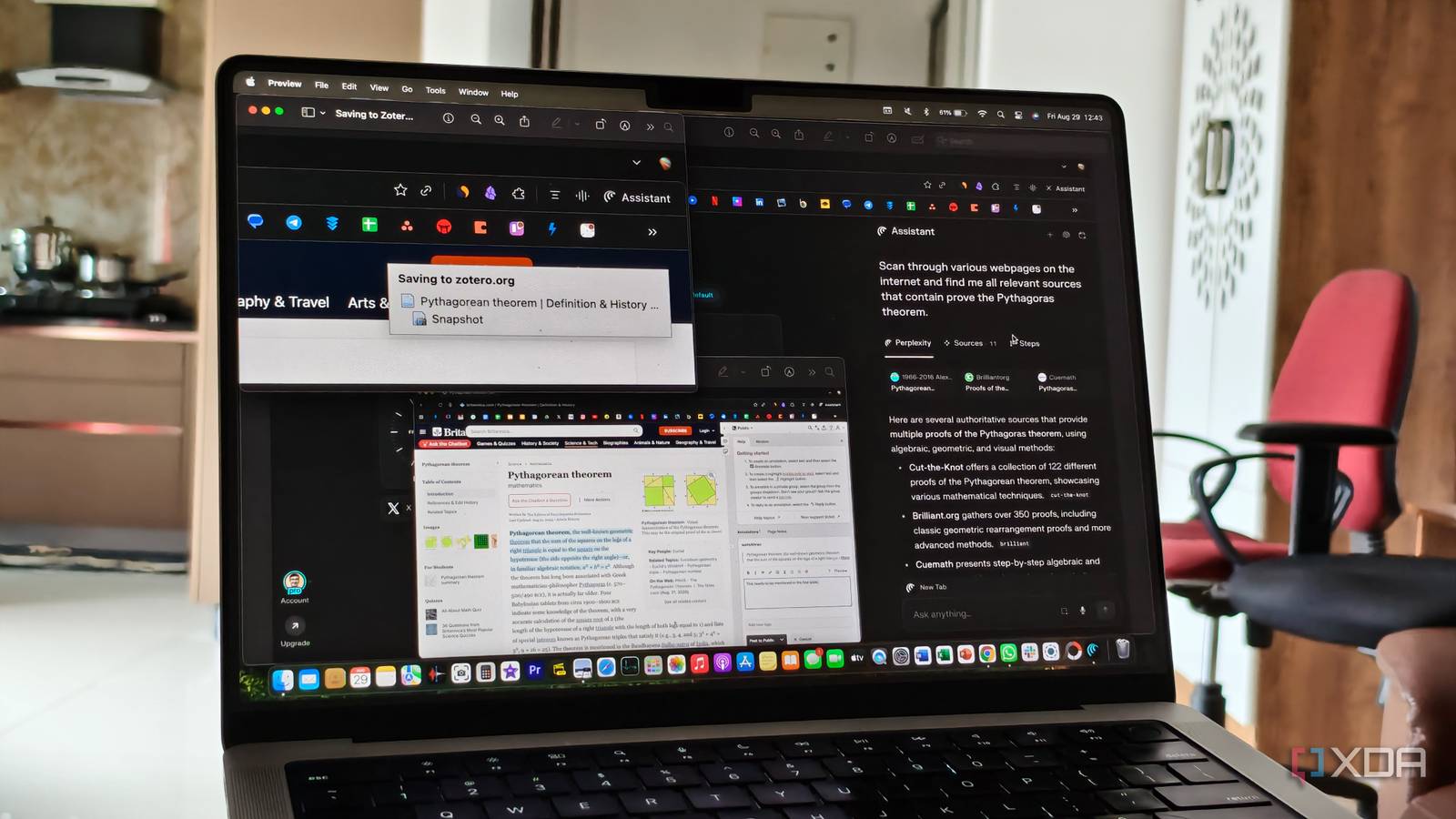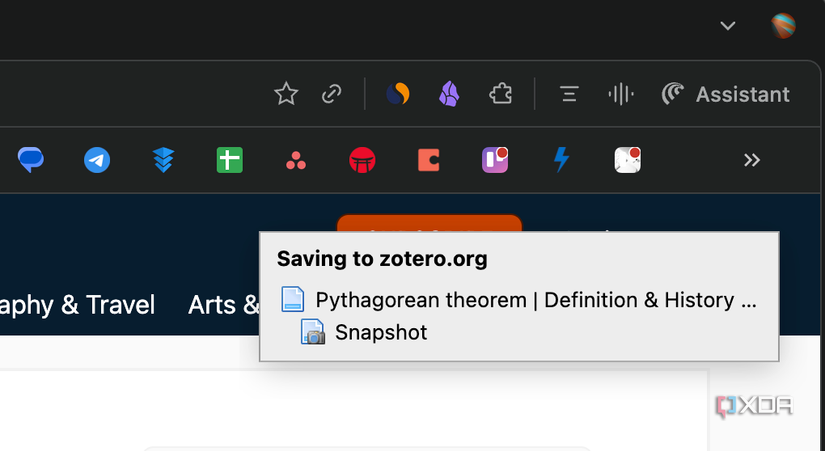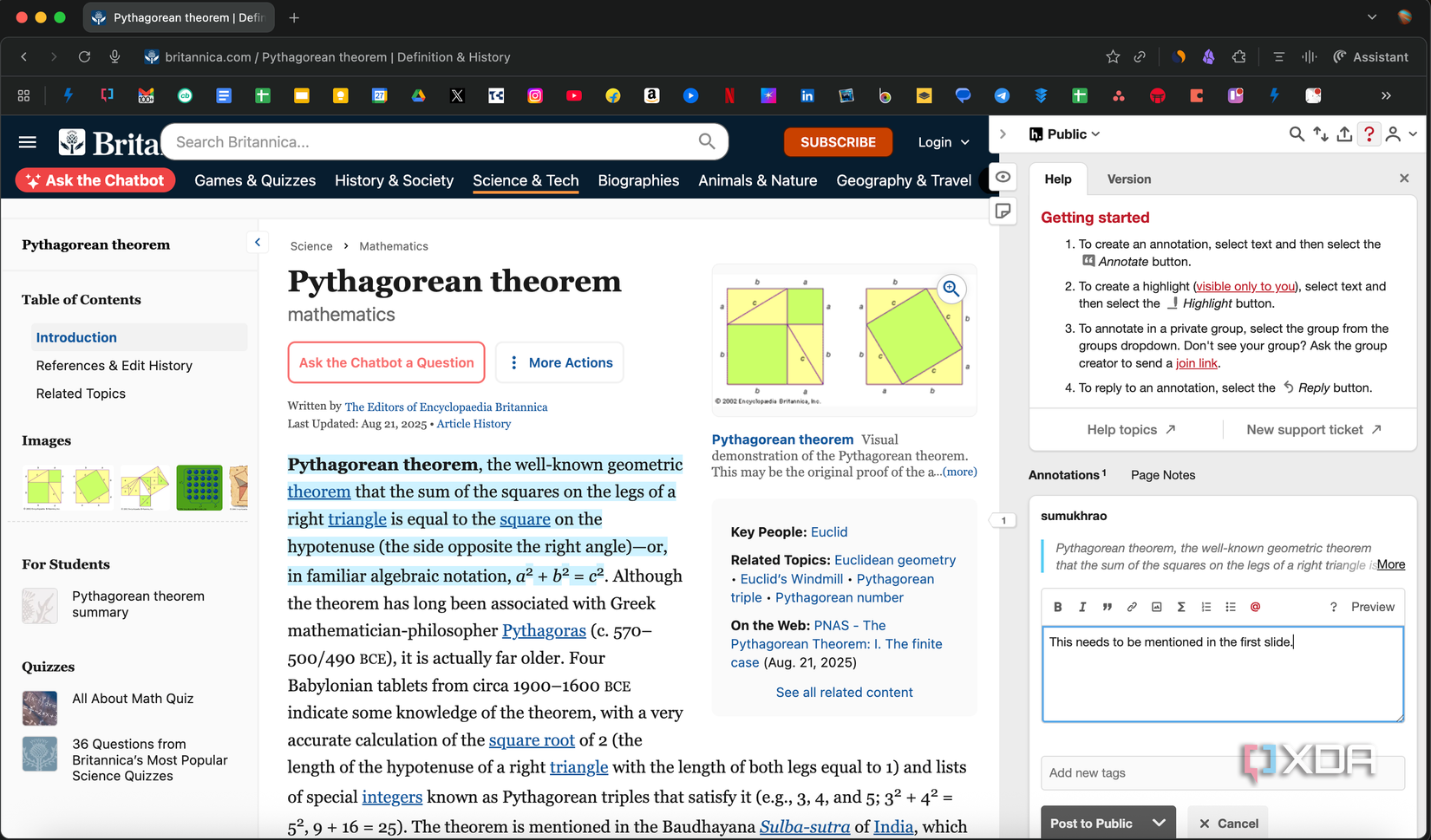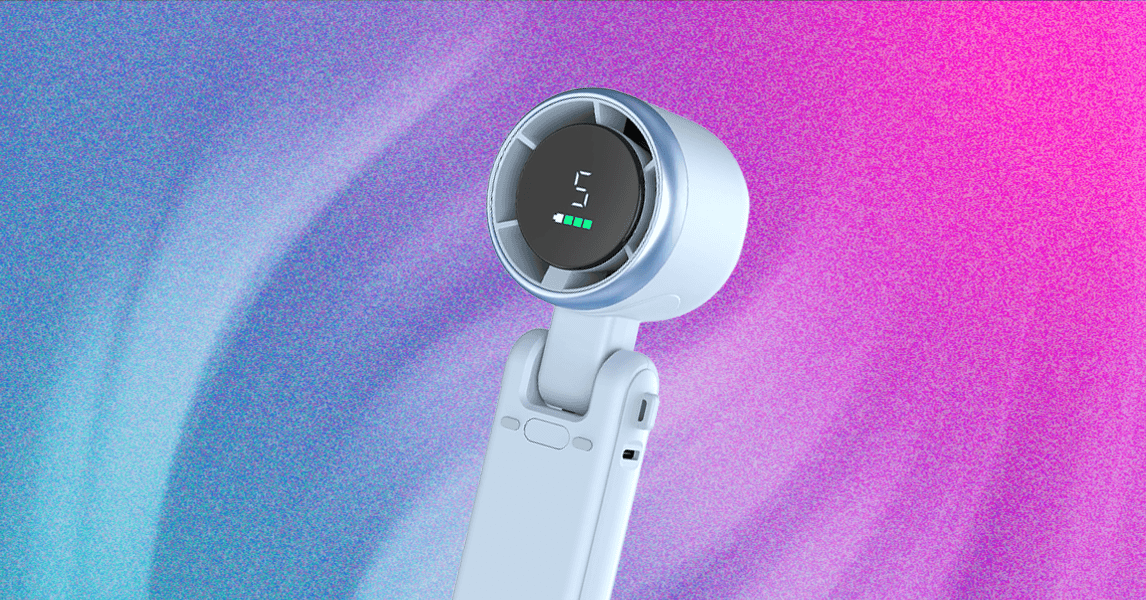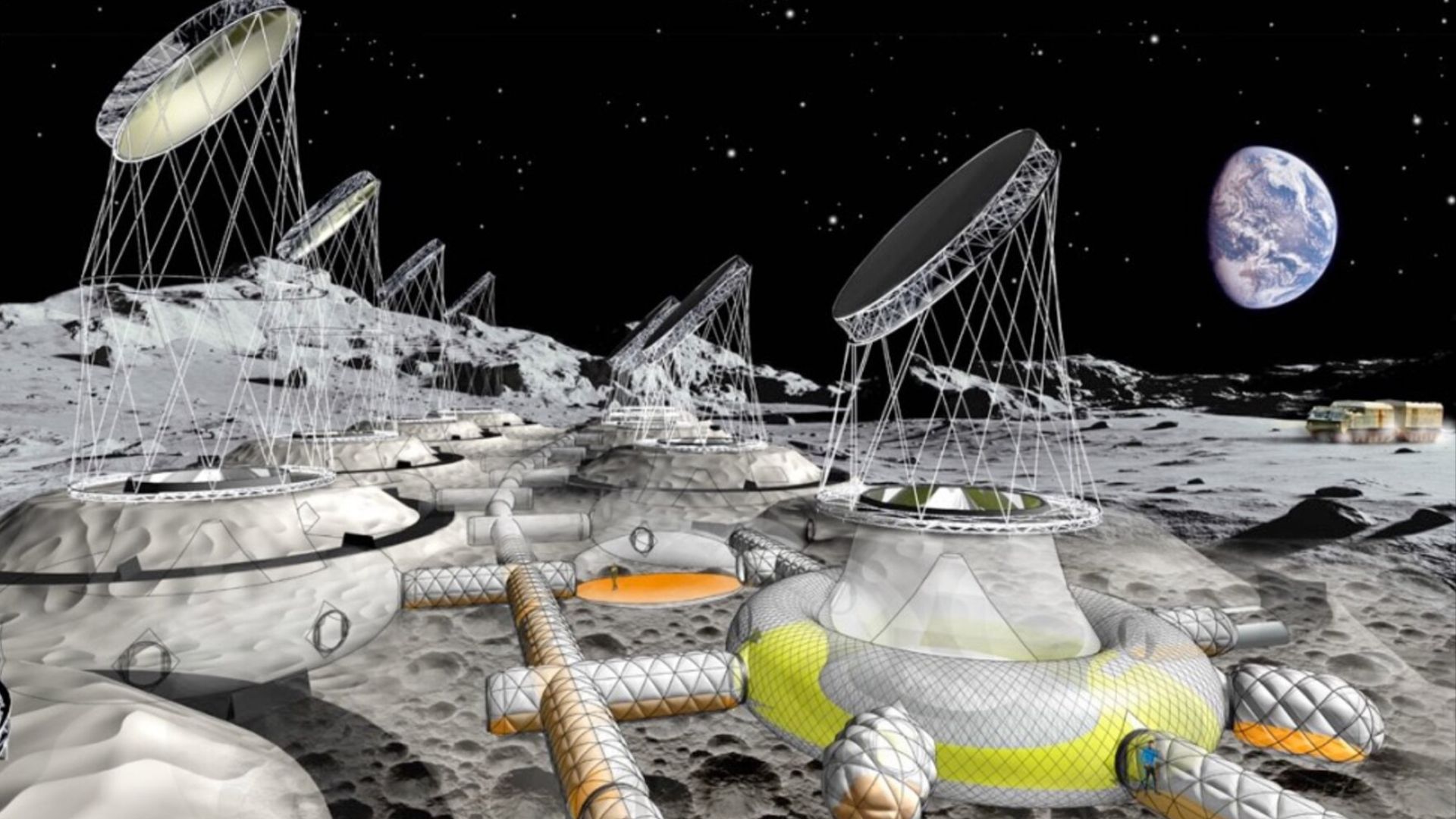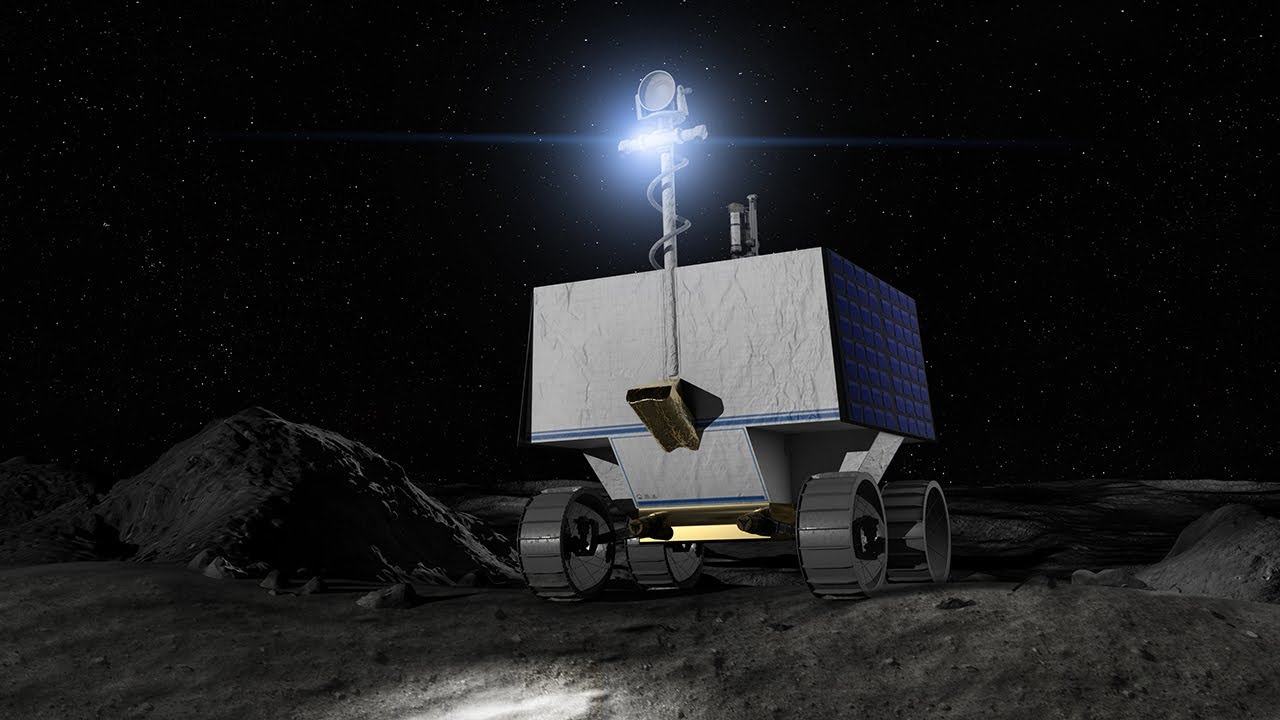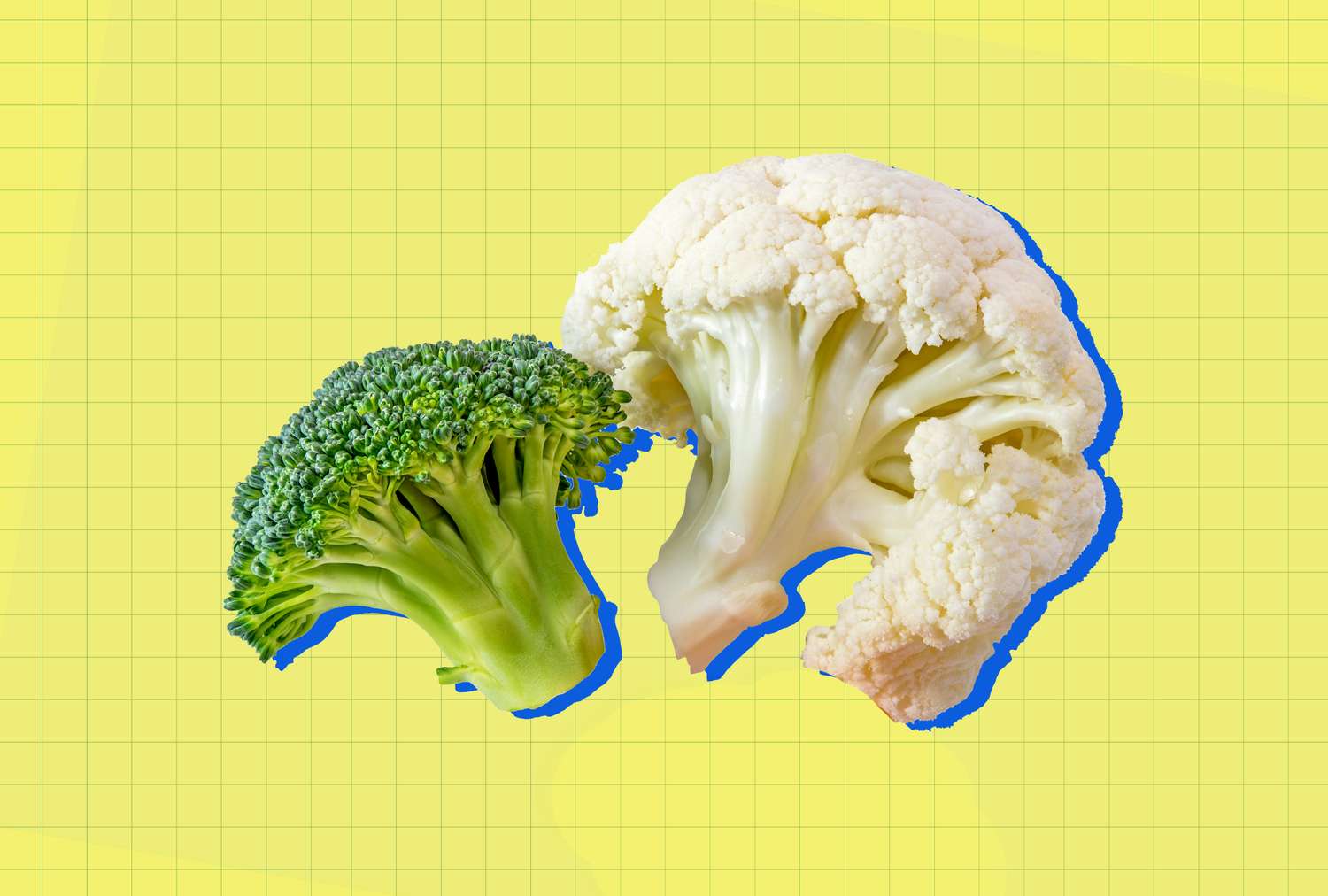- Visceral fat is deep belly fat that can raise the risk of many chronic illnesses.
- Dietitians say some vegetables may be especially effective for reducing visceral fat.
- These include spinach, cauliflower, Brussels sprouts, artichokes and cabbage.
Visceral fat is a type of fat that’s found deep within your abdomen, surrounding organs like the liver and intestines. Unlike subcutaneous fat, which is just beneath the skin, you can’t see visceral fat. But it causes all kinds of trouble for your health behind the scenes. That’s because this highly metabolically active fat releases harmful compounds into your bloodstream that increase inflammation throughout the body. Unchecked, this may raise the risk of chronic illnesses, like heart disease, type 2 diabetes and cancer.
The good news is that there are things you can do to reduce visceral fat, like eating certain vegetables. “The right vegetables do more than fill the plate. They actively contribute to hormonal harmony, liver detox pathways, gut health and reduced inflammatory signaling,” says Erin Jowett, M.S., RD, LDN. “Strategic vegetable choices are one of the most underutilized tools in reversing central adiposity and restoring a healthier metabolic set point.”
While any veggie is a good one, dietitians say these five vegetables are especially effective at quelling visceral fat. So, add them to your shopping list today.
1. Spinach
Spinach is high in lutein, zeaxanthin and beta carotene, which are members of a family of plant compounds called carotenoids. “Carotenoids are antioxidant compounds found in red, orange, yellow and some green vegetables,” says Allison Knott, M.S., RDN. “They help to fight inflammation and may play a role in combating fat accumulation.” Research has found that higher serum levels of carotenoids are associated with lower levels of visceral fat.
Carotenoid-rich veggies, like spinach, may be especially effective for reducing belly fat. For instance, one study of obese middle-aged men found that the more carotenoid-containing vegetables they ate, the less visceral fat they were likely to carry. Spinach is also high in fiber and low in calories, which can promote fullness, helping you eat less overall.
2. Cauliflower
Cauliflower is a cruciferous vegetable that is filled with compounds called glucosinolates, says Jowett. When you eat cruciferous vegetables, the chewing process helps convert cauliflower’s glucosinolates to their active form, called sulforaphane. That’s a good thing because sulforaphane has been linked to reduced inflammation and improved insulin sensitivity, both of which may protect against visceral fat.,
Not a fan of cauliflower? Try its cruciferous cousin, broccoli. “Broccoli is low in calories and rich in appetite-controlling fiber and inflammation-reducing antioxidants,” says Sheri Gaw, RDN, CDCES. And one of those anti-inflammatory compounds is, you guessed it, sulforaphane. Broccoli is also a good source of fiber, which can additionally help with weight loss by increasing satiety.
3. Brussels Sprouts
Brussels sprouts deliver a double dose of visceral fat-fighting action thanks to their combination of sulforaphane and carotenoids. Brussels sprouts’ sulforaphane may also help protect against chronic illnesses that are associated with visceral fat, like cancer, diabetes and heart disease.
In addition to their potent mix of anti-inflammatory compounds, Brussels sprouts are full of fiber. One cup of raw Brussels sprouts gives you 3 grams of fiber for fewer than 40 calories.
4. Artichokes
Artichokes are one of the highest-fiber vegetables, helping to increase fullness and reduce overall calorie intake, says Melissa Mitri, M.S., RD. Their fiber also helps support the growth of healthy gut bacteria, which play a role in weight management and fat loss, including visceral fat, she adds. , One medium artichoke delivers an impressive 7 grams of fiber for just 65 calories.
5. Red Cabbage
This reddish purple vegetable is rich in potent antioxidants, called anthocyanins, which may help with fat-burning, says Jowett. Some research suggests anthocyanins may also help target visceral fat. For instance, one study found that people who reported consuming the most anthocyanin-rich foods had less visceral fat than people who ate few anthocyanin-containing foods. Researchers haven’t nailed down the mechanism just yet. However, they suspect that it may be related to anthocyanins’ ability to induce favorable changes in gut bacteria that help the body burn fat.
And if you like kimchi, you’ll be happy to hear that this fermented dish, made from napa cabbage, may also reduce visceral fat. “Kimchi is rich in naturally occurring probiotics, especially Lactobacillus strains, which are linked to reduced visceral adiposity,” says Jessie Gutsue, M.A., RDN, IFNCP. So, grab a jar of kimchi on your next grocery run. Or, if you’re feeling adventurous, make it yourself.
Other Strategies to Lose Visceral Fat:
- Eat More Fruit: “According to recent research, U.S. adults who eat more fruits and vegetables tend to have less visceral fat,” says Mitri. “Their high fiber and water content provides bulk and keeps you full, making it easier to eat less to support fat loss, including the loss of visceral fat”. To boost your overall produce intake, try adding one serving of fruit or veggies to every meal or snack.
- Try Some HIIT Workouts: All exercise does good things for your body. But if you want to burn belly fat, add some high-intensity interval training (HIIT) to your routine. “Several studies have shown that high-intensity interval training, which alternates between short bursts of intense activity and brief recovery periods, is more effective than resistance training for losing visceral fat,” says Mitri.
- Manage Stress: Too much stress can spike the stress hormone cortisol. And chronically high cortisol can drive the storage of belly fat. “Setting aside even a few minutes a day for a stress-relieving activity, such as meditation or deep-breathing relaxation exercises, is shown to lower cortisol levels and the stress response,” says Mitri.
- Get Enough Sleep: “Inadequate sleep is associated with higher amounts of visceral fat, possibly as a result of alterations in brain and hunger hormones,” says Mitri. She recommends aiming for seven to eight hours a night of sleep whenever possible. This is more achievable when you set stricter boundaries, turn off screens in the evening and implement a relaxing bedtime ritual, like taking a bath, meditating or reading, she says.
- Cut Back on Booze: Alcohol is calorie-dense and can be high in added sugar. But that’s not the only way it may increase visceral fat, says Mitri. “Because it lowers your inhibitions, too much of it can lead to food choices that don’t align with your health goals and increase the risk of weight gain and visceral fat accumulation over time,” she says.
Meal Plan to Try to Lose Visceral Fat
30-Day Antioxidant-Rich, Anti-Inflammatory Meal Plan for Visceral Fat Loss, Created by a Dietitian
Our Expert Take
Vegetables are a secret weapon for burning visceral fat. They’re rich in fiber, phytochemicals and antioxidants that work together to suppress appetite, improve gut bacteria diversity and reduce inflammation. While all vegetables can help you maintain a healthy body weight, dietitians say the best vegetables to reduce visceral fat are spinach, cauliflower, Brussels sprouts, artichokes and cabbage. But if you want to step things up even more, add some HIIT workouts to your exercise routine. And don’t forget to make time to manage stress and get enough sleep—these may seem like luxuries, but research shows they can help reduce visceral fat, too.
